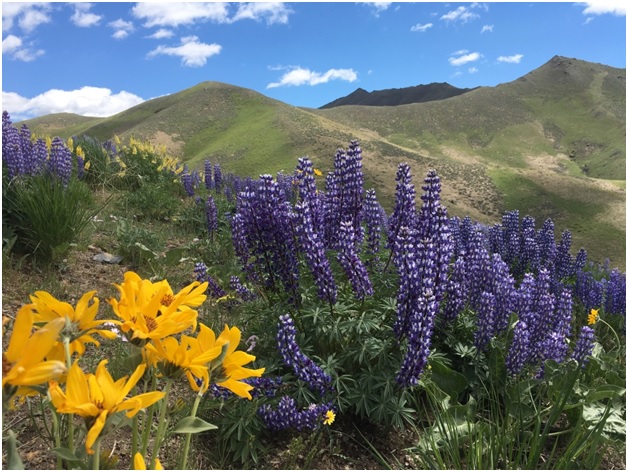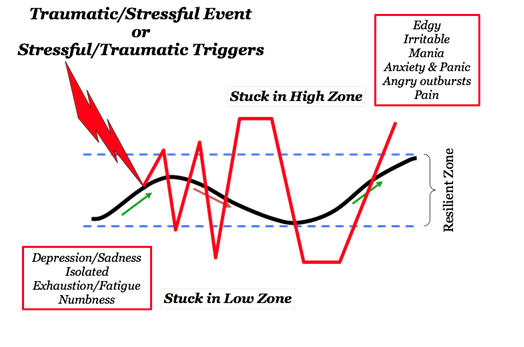Cultivating Resilience

Spring has arrived. As I look out my window, I see four feet of snow everywhere, and yet underneath, asleep in the frozen ground are the green grass, flowers, perennials and vines that will burst out of the ground as soon as the sun makes its way to the soil. It always amazes me that so much life and color slumbers in the frozen ground all Winter to re-emerge with great energy and enthusiasm in the Spring. It is a reflection of the inner resources that lie dormant inside us until we need them, and of the resilience that is available to all of us if we know how to cultivate it.
Not only is Spring a season, but according to the dictionary it is “a resilient device….that can be pressed or pulled but returns to its former shape when released, used chiefly to exert constant tension or absorb movement.” We need that kind of resilience in both our personal and professional lives, especially in leadership roles and times of change and stress when we’re pressed and pulled by forces beyond our control. Whether they come from work, parenting, relationship, loss or world events, resilience is critical to health and well-being.
We all have a resilience zone where we live most of the time, and we have a range of emotion and experience within that zone. We can be angry, sad, or upset, but we are still able to stay calm and respond to whatever is challenging us. A stressful event can happen that bumps us out of our zone. When we get bumped out we can go out ‘high’ into anxiety, frustration and anger. When we get bumped out ‘low’, we can go into depression and withdrawal. The capacity of our resilience and what bumps us out is different for everyone. The toughest situation is when the stressor is consistent over a long period of time. That can strain our resilience the most and is when we need to be most attentive to our self care. The more we can cultivate our resilience the quicker we can recover back to our zone.

The above graphic of the zone is from the Community Resiliency Model developed by the Trauma Resource Institute. I became certified as a teacher of their model last year and have found the knowledge and tools to be really helpful to my clients – both individuals and groups.
Self care and engaging our five senses – taste, touch, hearing, vision and smell are keys to resilience. The following practices will cultivate resilience:
- Meditation, yoga
- Time in nature
- Singing, Dancing, Laughing
- Creative projects that make you lose track of time
- Rest
- Awe, wonder, beauty
- Any physical activity you enjoy
- Hugs
- Water – swimming, bathing in and relaxing with a drink of water
- Gratitude
If you find yourself bumped out of your zone over a period of time and unable to recover, reach out to a trusted professional –therapist, coach, spiritual guide, etc. for support.
And remember, resilience and well-being are always within reach even when your personal landscape feels stark and cold. It’s there ready and waiting for you.
 Sabrina Roblin, CPCC has been a professional coach, mentor, and trainer since 2004. She has worked successfully with individuals and for corporate clients that include Cargill, Medtronic and Stantec. Contact her for more information and a complimentary coaching session.
Sabrina Roblin, CPCC has been a professional coach, mentor, and trainer since 2004. She has worked successfully with individuals and for corporate clients that include Cargill, Medtronic and Stantec. Contact her for more information and a complimentary coaching session.

Recent Comments